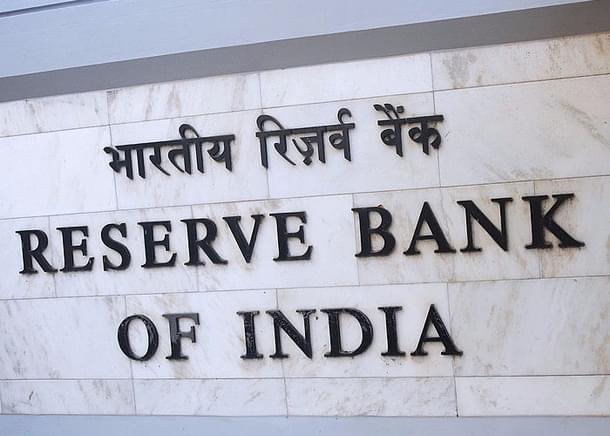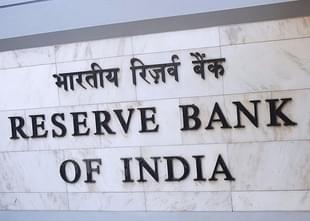Insta
The RBI Has Released Its RTP, FSR Reports; Here Are The Highlights
Swarajya Staff
Dec 29, 2016, 10:06 PM | Updated 10:06 PM IST
Save & read from anywhere!
Bookmark stories for easy access on any device or the Swarajya app.


The Reserve Bank of India (RBI) has released the statutory Report on Trend and Progress of Banking in India 2015-16 (RTP), as well as the fourteenth issue of the Financial Stability Report (FSR).
A statutory publication, the RTP presents the performance and salient policy measures relating to the banking sector, including that of the co-operative banks and non-banking financial institutions for the financial year. The FSR, brought out on behalf of the Sub-Committee of the Financial Stability and Development Council (FSDC), gives an assessment of risks to financial stability as well as the resilience of the financial system.
Highlights of the report
1) This edition of the FSR is being released at a time when global uncertainties are on the rise.
2) Domestic macro-economic conditions remain stable with significant moderation in inflation, though growth momentum has slackened recently.
3) The withdrawal of specified bank notes will impart far-reaching changes going forward. It is expected to significantly transform the domestic economy in due course in terms of greater intermediation, efficiency gains, accountability and transparency through increasing adoption of digital modes of payments, notwithstanding the short-term disruptions in certain segments of the economy and public hardship.
4) During 2015-16, the performance of most emerging market economies was marked by severe domestic imbalances emanating from economic slowdown and downturn in credit growth, coupled with rising stress in corporate and financial sectors. India stood out in terms of higher economic growth, although the banking sector was under stress primarily on account of asset quality concerns.
5) The performance of the Indian banking sector remained subdued during 2015-16 amidst rising proportion of banks’ delinquent loans, consequent increase in provisioning and continued slowdown in credit growth. However, banks’ retail portfolios registered double-digit growth during the year.
6) The RBI formulated a new category of NBFCs as NBFC-account aggregators (AAs) in September 2016, aimed at facilitating a consolidated view of individual investors’ financial asset holdings, especially when the entities fall under the purview of different financial sector regulators.
(Read the full report here)




